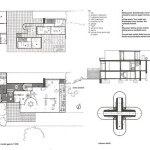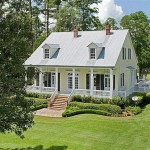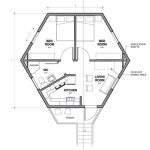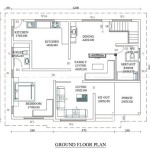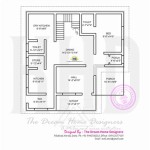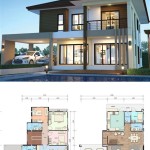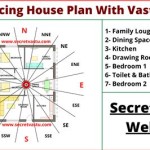Essential Aspects of Senior Housing Site Plans
When planning a senior housing development, a well-thought-out site plan is crucial for creating a safe, comfortable, and functional living environment. Several key elements should be considered to ensure that the site plan meets the specific needs of seniors and promotes their well-being.
Accessibility and Safety
The site plan should prioritize accessibility and safety for residents. This includes providing accessible parking spaces, ramps, and wide walkways that are well-lit at night. Non-slip surfaces and handrails can help prevent falls, while security features such as gated entrances and emergency call systems provide peace of mind. Adequate signage is also important for easy navigation and wayfinding.
Outdoor Spaces
Outdoor spaces play a vital role in the well-being of seniors. The site plan should incorporate areas for relaxation, socialization, and physical activity. This could include landscaped gardens, courtyards, walking paths, and seating areas. It's important to consider shade, seating, and accessible features to ensure all residents can comfortably enjoy the outdoors.
Common Areas
Common areas are essential for fostering a sense of community among residents. The site plan should designate spaces for socialization, activities, and dining. These areas should be accessible, well-lit, and provide a variety of seating options to accommodate different needs and preferences. Multipurpose rooms and outdoor community spaces can also be incorporated for events and gatherings.
Housing Units
The housing units should be designed to meet the specific needs of seniors. This includes providing accessible features such as grab bars, walk-in showers, and wider doorways. Floor plans should consider accessibility, safety, and privacy. Units should also have adequate storage and a comfortable layout that promotes independence and dignity.
Staff and Support Facilities
The site plan should also include dedicated spaces for staff and support facilities. Administrative offices, nursing stations, and support services should be strategically located for easy access and efficient operation. Adequate parking and loading areas for staff and service providers are also necessary.
Sustainability and Green Features
Incorporating sustainable design elements into the site plan can enhance the well-being of residents and reduce environmental impact. Green spaces, gardens, and water-efficient landscaping can promote physical activity and improve air quality. Energy-efficient lighting, appliances, and building materials can help reduce utility costs and contribute to a more eco-friendly community.
Landscaping and Aesthetics
The overall landscaping and aesthetics of the site should create a welcoming and visually appealing environment. Mature trees, colorful plantings, and water features can enhance the visual appeal and provide therapeutic benefits. Site lighting should be carefully planned to illuminate pathways, common areas, and other key features while minimizing light pollution.

Senior Housing Plan To Get Review Government And Politics Syvnews Com

Senior Housing Building Plans How To Plan Floor Assisted Living

Proposed Pewaee Senior Living Facility Would Have 200 Units

Commission Rules On Propsed Senior Housing Complex Delaware Gazette

Zba Mugar Hearing On New Senior Housing Plan

146 Unit Senior Housing Facility Proposed In Hartland Township

Leander Is Awarded One Of Two 4 Htc Housing Projects In Williamson County Virtual Builders Exchange

Assisted Senior Living Floorplan Floor Plans Facility
Sagamore Senior Living Project Aims To Start Soon

Planning Commission Okays Changes To Plans Of A Proposed Assisted Living Facility

